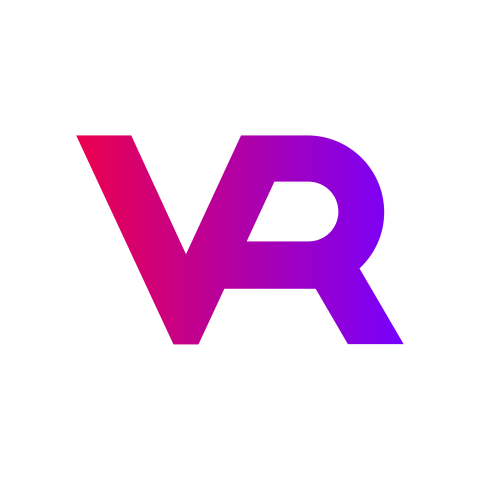
Are VR and Big Data the Future of Education?
Everyone is talking about virtual reality. It has been around for years, but it could soon be time for it to hit the mainstream. Companies such as Immersive VR Education can even generate a lifelike spaceship in the classroom, and their capabilities are expanding with the growth of Big Data.
What Possibilities does VR present for The Classroom?
One of the key benefits VR offers is a truly interactive and connected classroom experience. This could take students away from the classical model of education, which relies on the teacher to impart knowledge on often passive students. Effectively, it means the amount of personalised interaction is not dependent on dividing the time of one person. If you consider that most class sizes in the UK state education sector consist of around 30 students, one teacher dividing their time equally for an hour would give each student 2 minutes. For students who don’t grasp topics easily, this is clearly not optimal.
In the context of the current global pandemic, VR could also allow students to interact with teachers without being physically present in the room. In this sense, the dilemma of how to maintain social distancing in an oversubscribed system could be answered by embracing this new technology.
With VR, schools with poor resources could still teach practical skills such as car mechanics, with each student participating for the whole lesson – and safely. Maths could become tactile, languages could become a chat in a French cafe. It could be a revolution, bringing a level of interactivity the students are already used to at home to the classroom.
The most important transition, however, will be in mentality, with teachers moving from the centre of the classroom to the role of facilitator.
What is the Role of Big Data?
Big Data refers to using large data sets to establish patterns and make connections. Tech giants such as Google can, for example, use this to discover trends in commuting habits by using data points from Google Maps.
Big Data can, in many cases, mimic or even surpass human intuition. This means students can keep track of learning, and therefore learn in a more self-directed way. In a traditional environment, a teacher has to monitor the test results of individual students, breaking down their weaker sub-skills into a learning plan. This is an essentially impossible task given that many teachers are responsible for hundreds of students. In a Big Data environment, these subskills can be easily tracked to identify areas for growth.
What about the Downsides?
Some studies have indicated that VR could be harmful, particularly for very young learners (for whom it could cause profound confusion.). Even for older learners, VR could signal the advent of an increasingly detached society, where the social side of learning could be overlooked. Even if VR professes to be social in its scope, phones and social media have created increased levels of introversion and depression in children and adults alike.
The price, at first, could also be a prohibitive factor, with many schools unable to afford the equipment. This could give a further competitive advantage to more wealthy areas.
Conclusion
Like many new areas in tech, the march of VR and Big Data seems inevitable. The question will not be whether or not to adopt the technology, but how to do it in a controlled and responsible way. The benefits of this could be unparalleled in the history of education.
